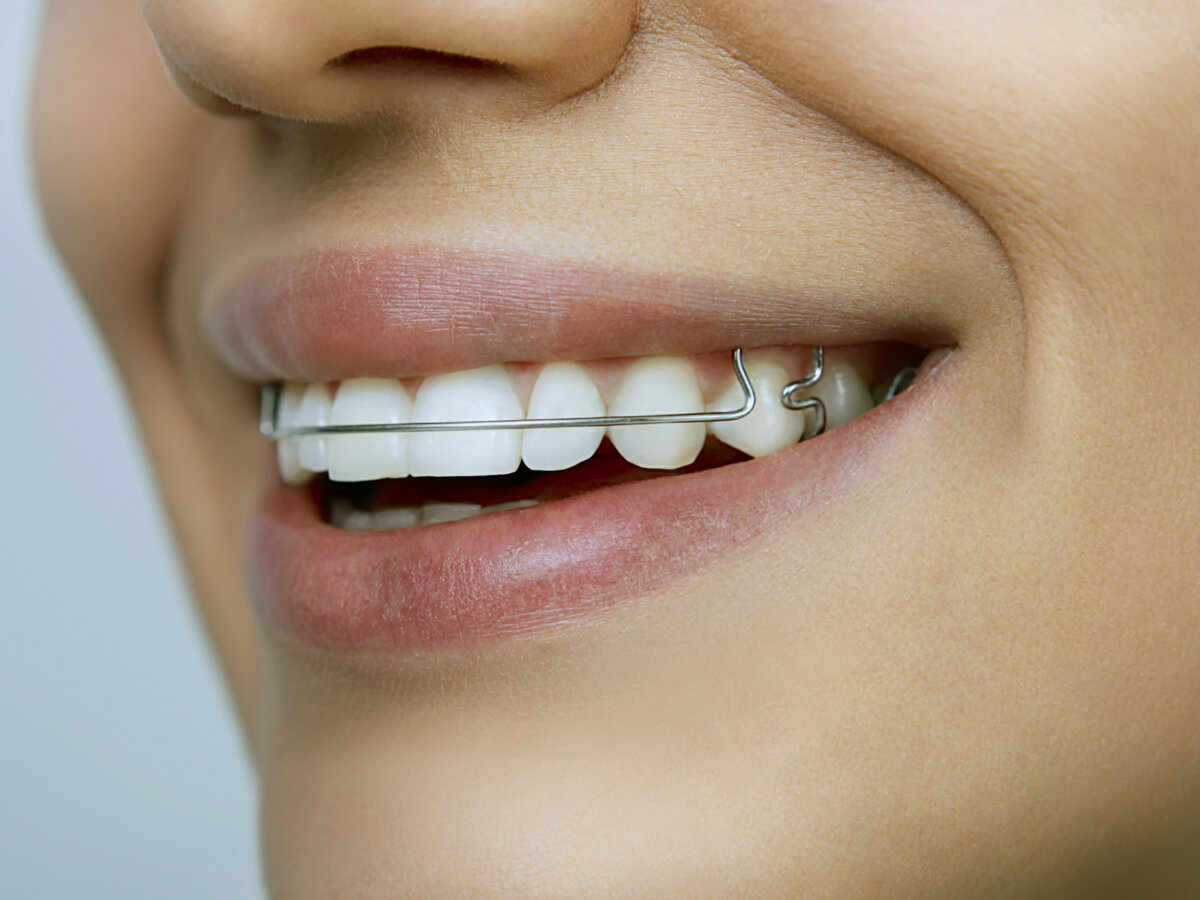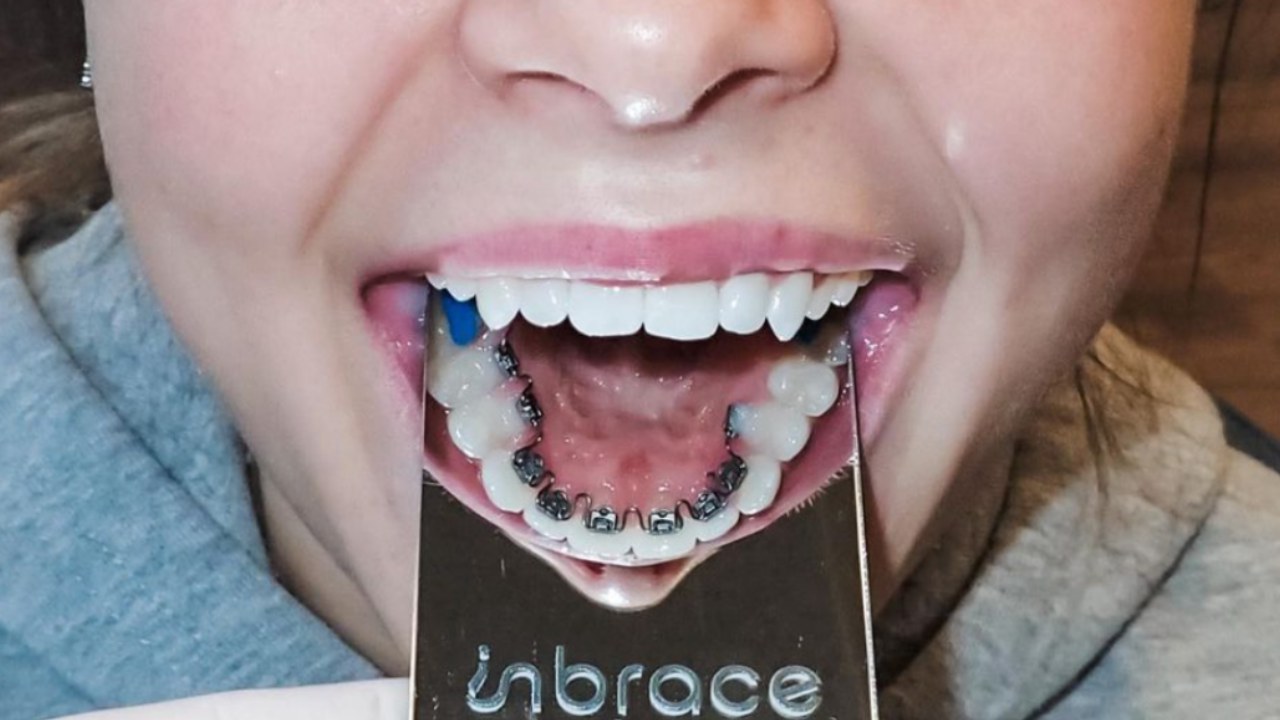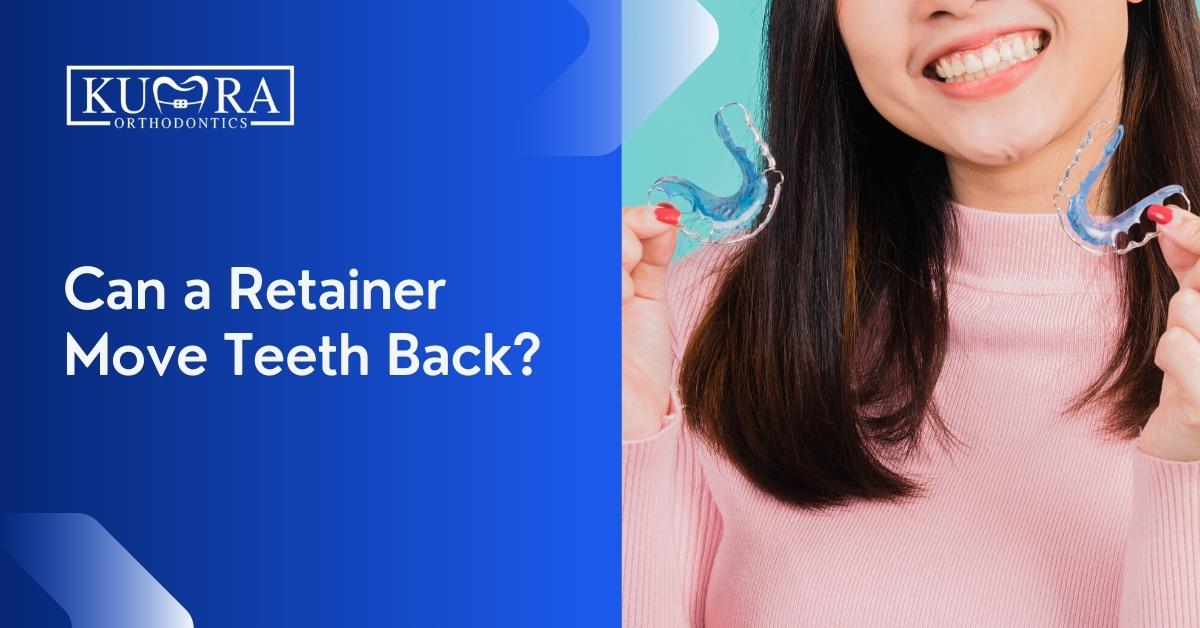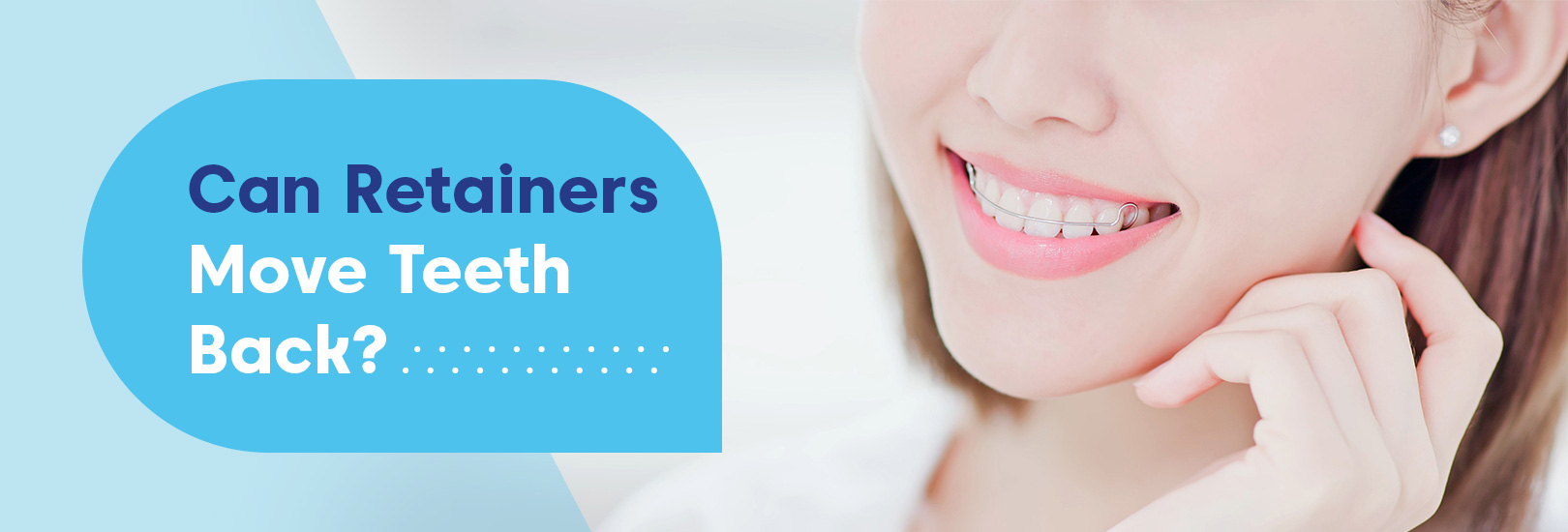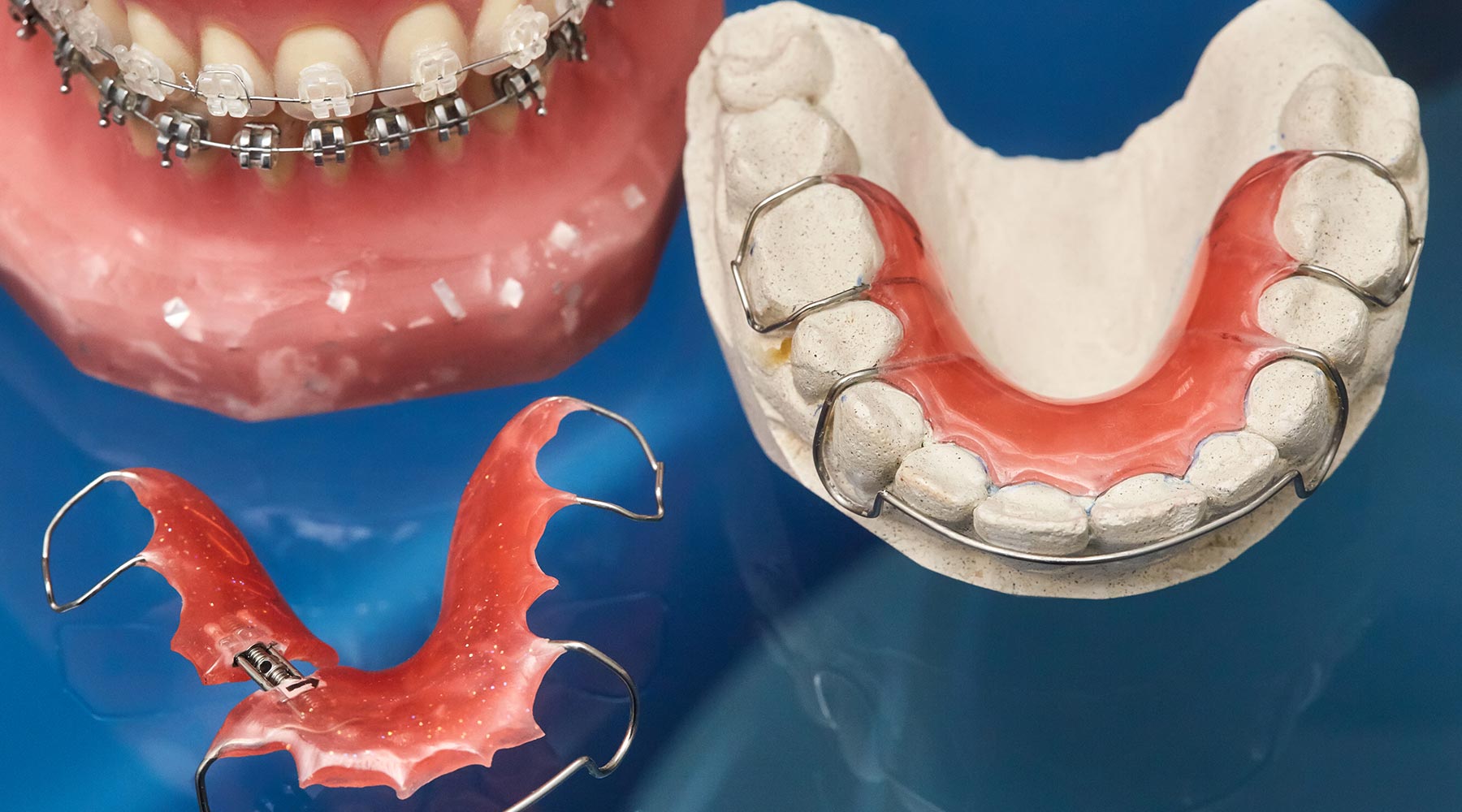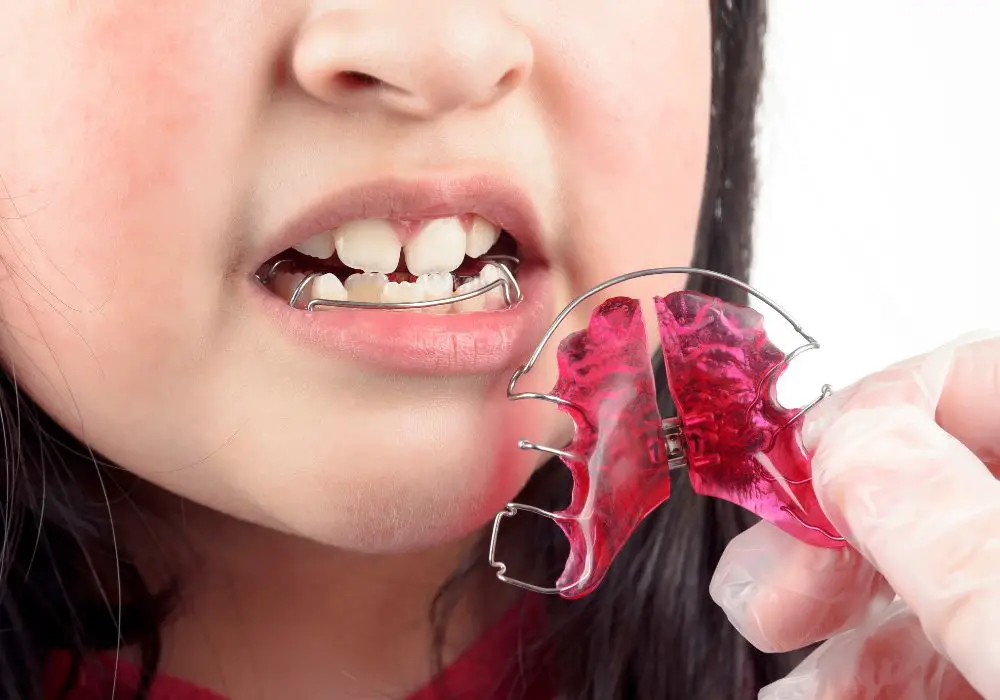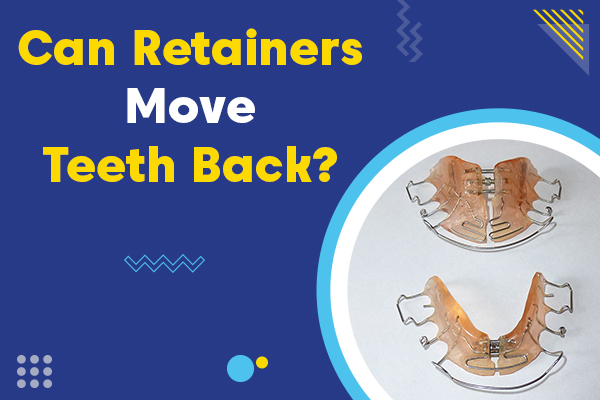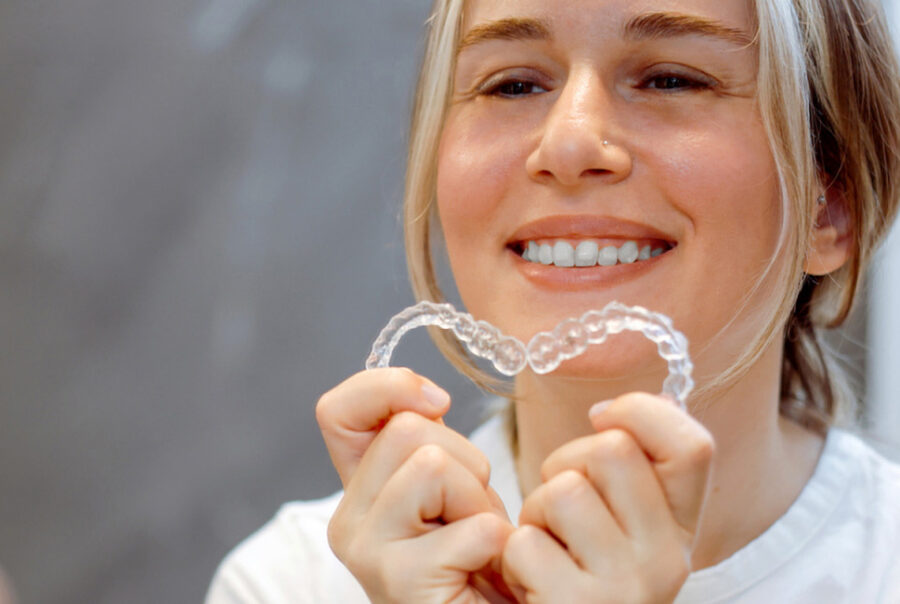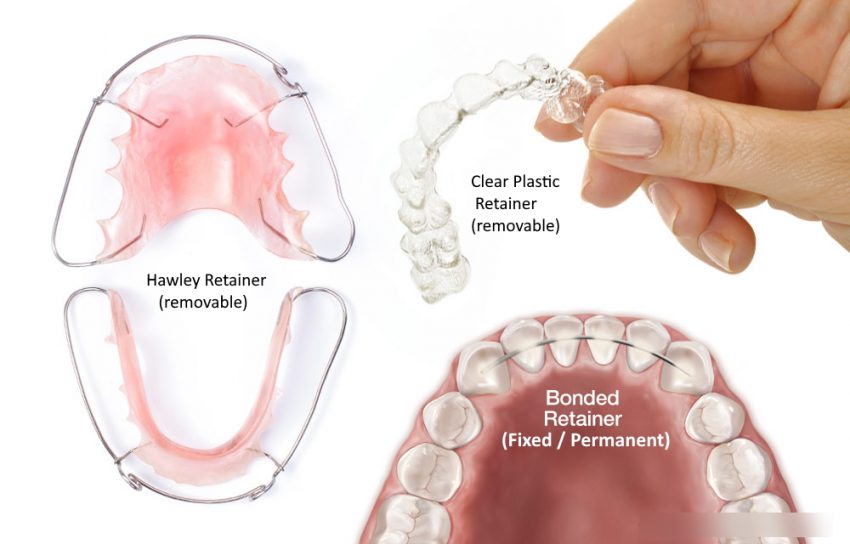Will A Retainer Move Teeth Back
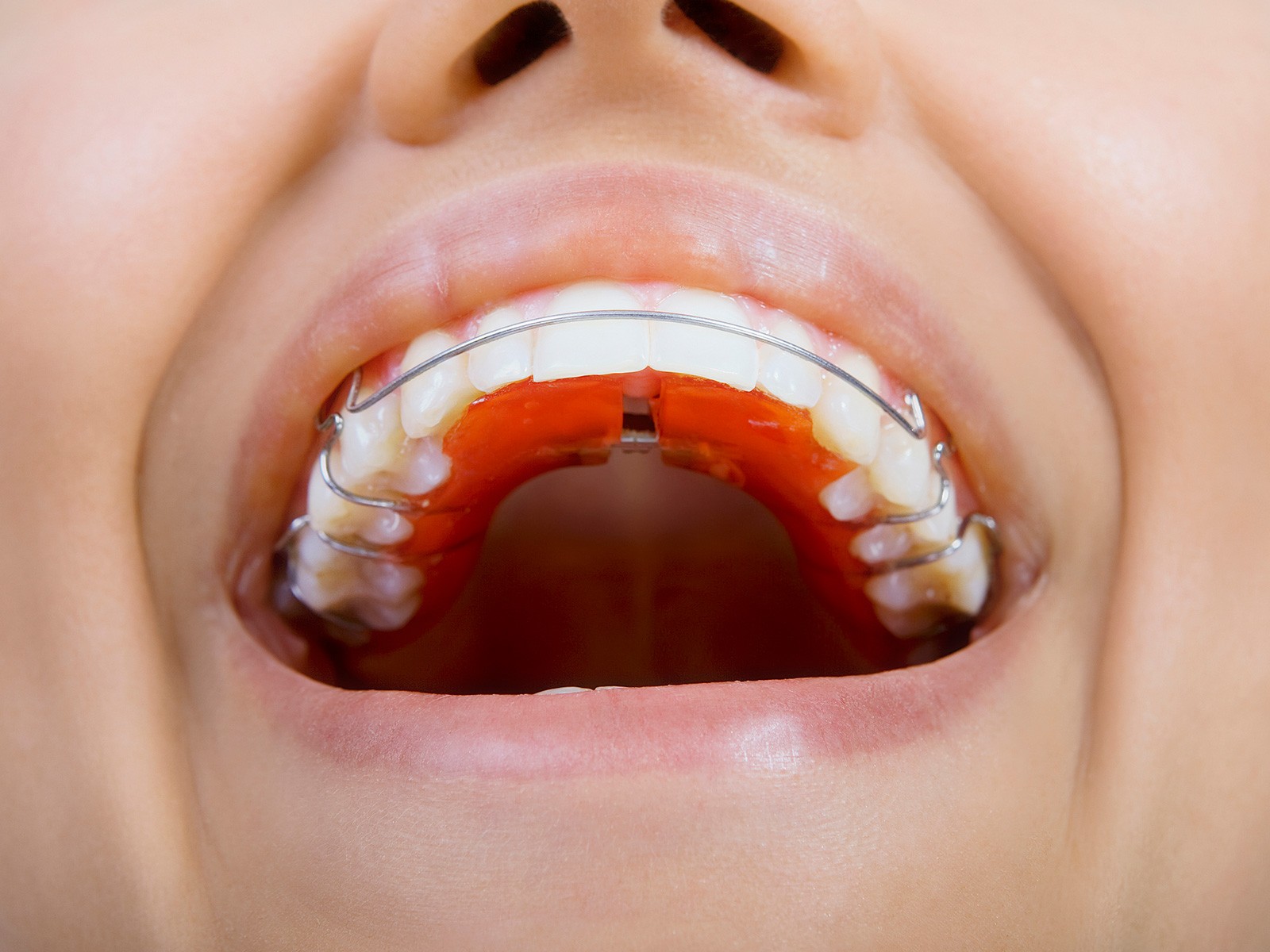
The subtle shift. The barely perceptible drift. For those who've invested time, money, and discomfort in orthodontic treatment, the fear of teeth reverting back to their original positions is a constant concern. Will a retainer, that seemingly simple piece of plastic or wire, truly hold the line against the powerful forces of dental relapse?
This question plagues millions post-orthodontic patients worldwide, impacting their confidence and potentially necessitating further costly interventions. Understanding the retainer's role, its limitations, and the factors influencing its effectiveness is crucial for maintaining a straightened smile.
The Retainer's Role: Holding the Line
At its core, a retainer is a maintenance tool. The American Association of Orthodontists (AAO) emphasizes that retainers are essential for stabilizing teeth after braces or aligners are removed.
Orthodontic treatment doesn't just move the visible part of the tooth; it also affects the surrounding bone and ligaments. These tissues need time to remodel and solidify in their new positions.
Without a retainer, the natural tendency of teeth is to drift back towards their original, pre-treatment alignment.
Why Teeth Move Back: The Relapse Factor
Several factors contribute to dental relapse. Periodontal ligaments, which attach teeth to the bone, have a "memory" and can exert force pulling teeth back.
The tongue's resting position and swallowing patterns also play a role. Even minor, subconscious habits can exert pressure that shifts teeth.
Growth, particularly during adolescence and early adulthood, can influence tooth position. Furthermore, natural aging processes contribute to changes in the bite and jaw alignment.
Types of Retainers: A Comparative Look
There are primarily two main types of retainers: removable and fixed. Removable retainers, such as Essix retainers (clear, plastic aligner-like retainers) and Hawley retainers (wire and acrylic retainers), are the most common.
Essix retainers are virtually invisible and generally more comfortable initially, but they can be less durable than Hawley retainers.
Hawley retainers, while more noticeable, are adjustable and often considered more robust for long-term maintenance.
Fixed retainers, also known as bonded or lingual retainers, consist of a wire bonded to the back of the front teeth. These provide continuous retention but require meticulous oral hygiene to prevent plaque buildup.
Will a Retainer *Move* Teeth Back? A Matter of Degree
A retainer's primary function is to prevent movement, not actively reposition teeth. However, in some specific circumstances, a retainer *can* inadvertently contribute to minor shifts.
If a removable retainer doesn't fit properly, it can apply uneven pressure, potentially pushing teeth in undesirable directions. Regular check-ups with an orthodontist are crucial to ensure proper fit.
Conversely, if a patient consistently neglects wearing their retainer as prescribed, even for short periods, minor relapse can occur. The retainer then may feel tight upon reinsertion, indicating that the teeth have already begun to shift.
In these cases, forcing the retainer can sometimes create pressure that moves teeth slightly, but not in a way that corrects any significant misalignment.
Adherence is Key: The Patient's Role
The effectiveness of any retainer hinges on patient compliance. Dr. Emily Carter, a leading orthodontist, states, "The biggest factor in long-term retention success is consistently following the orthodontist's instructions regarding retainer wear."
Initially, retainers are typically worn full-time, followed by a gradual reduction to nighttime wear. Skipping nights or neglecting retainer wear altogether significantly increases the risk of relapse.
Proper cleaning and maintenance of retainers are also essential. Dirty retainers can harbor bacteria and contribute to poor oral hygiene, indirectly affecting tooth stability.
Expert Opinions and Scientific Evidence
Research consistently supports the importance of long-term retainer wear. A study published in the American Journal of Orthodontics and Dentofacial Orthopedics found that patients who wore their retainers as prescribed experienced significantly less relapse than those who did not.
Orthodontists generally recommend indefinite nighttime retainer wear to maintain optimal alignment. While some minor tooth movement is inevitable over time, consistent retainer use minimizes these changes.
Some orthodontists also suggest considering permanent, bonded retainers, particularly for patients with a high risk of relapse or difficulty with compliance.
The Future of Retention: Innovations on the Horizon
Ongoing research is exploring new materials and technologies to improve retainer design and effectiveness. Smart retainers with built-in sensors to monitor wear time are being developed.
These devices could provide orthodontists with valuable data on patient compliance and allow for more personalized retention protocols. Furthermore, advancements in 3D printing are leading to more precise and comfortable retainers.
Ultimately, the goal is to develop retention methods that are both effective and convenient, encouraging long-term patient adherence.
Maintaining Your Investment: A Lifetime Commitment
Orthodontic treatment is an investment in your oral health and self-esteem. While retainers play a crucial role in maintaining a straightened smile, they are not a guaranteed fix.
Consistent wear, proper cleaning, and regular check-ups are essential for long-term success. Addressing any concerns about retainer fit or function promptly with your orthodontist can prevent minor issues from escalating.
By understanding the retainer's role and actively participating in your retention plan, you can enjoy the benefits of a straightened smile for years to come. The key takeaway is that retainers are not magic, but with consistent use, they are the best defense against the natural forces that try to undo the work of braces or aligners.
